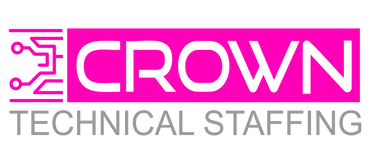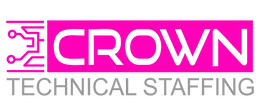Does your current process fail to meet expectations, which leads to frustration and disappointment on your team?
That’s far from a competitive advantage.
Agree? Then keep reading.
What most onboarding processes get wrong is that they don’t create the right expectations.
Newcomers are frequently thrown into the deep end from day one, left to navigate their responsibilities without guidance.
This leads to the oft-used phrase, “Feeling burnt out”. Frustration, stress, and confusion are typically the follow-up emotions behind a lackluster onboarding program.
Then we don’t review their performance properly until the end of their “training” period.
Often, they find themselves deviating from their job description without realizing it, waiting passively for instructions, or spending their initial weeks in slow-paced shadowing/training sessions that dampen their enthusiasm and energy.
After speaking with HR and L&D Leaders across different manufacturing sectors, here are my 2 cents:
A good onboarding plan ties in very closely to a job description.
Ultimately, a job description is a list of things you’re paying your team to do, and the key responsibilities are why you’re on the payroll.
So in a good onboarding plan (which can be hosted very simply in a free project management tool like Trello), we can say to our new hires
● Here’s your first 30, 60, & 90 days.
● Here are the responsibilities that you’re going to own.
● Here’s how you’re going to be trained or get exposure to “the thing that we need you to do”.
● Here’s how we’re going to test that you’ve got that thing.
● Here are the key relationships that you’ll need to develop
● You now can begin owning your role, and you can independently drive it forward.
And then after that clarity has been created they can begin executing over the next 90 days.
The psychology behind this is that on day 1, they know exactly what the first 90 days are going to look like in terms of things they’re going to cover, where, who, and how without overly relying on the organization to dictate every step. This reduces bottlenecks and fosters independence.
To help your new hires succeed you can say:
“We’re going to check in with you in our weekly one-on-ones and you report back your progress”.
and add…
“You’ll get to talk through any of the challenges and we will sign off on what you’ve completed, and then we’ll set up the next one to two weeks of activity/accomplishments”.
WHY THIS APPROACH WORKS:
- If you get someone to come onto your team who IS the right fit.
- Who’s got the right motivation.
- AND they’re driving their own development.
THEN THAT, is a completely different experience for them and for you.
In my opinion, that’s what a good onboarding plan looks like.
It’s making sure in the first 90 days they understand what’s required.
They get enabled on what’s required, and by the end of it,
they’ve been signed off as being able to independently deliver the job roles that
you’re paying them to do!
Here are three ways that we can help…
CTS carries out deep talent mapping, nationwide, to ensure our shortlists contain only the very best leaders for your Engineering and Manufacturing teams.
1. We help to attract and retain the best candidates, specifically for your team, in addition to the frontline leaders that you’ll need for growth and stability.
2. Reduce the cost of acquiring and training new hires by supporting and enhancing the efforts of your onboarding team for the first 90 days.
3. Provide a zero-risk and no-cost assessment of your hiring strategies with a 15-minute consultation.
Ready to elevate your talent and hiring strategy? Explore our latest tool tailored for VPs and Directors in the manufacturing sector. In just 2 minutes, gain insights to boost engagement and help strengthen your leadership team. In addition, receive a customized report for your team. See the link below.


